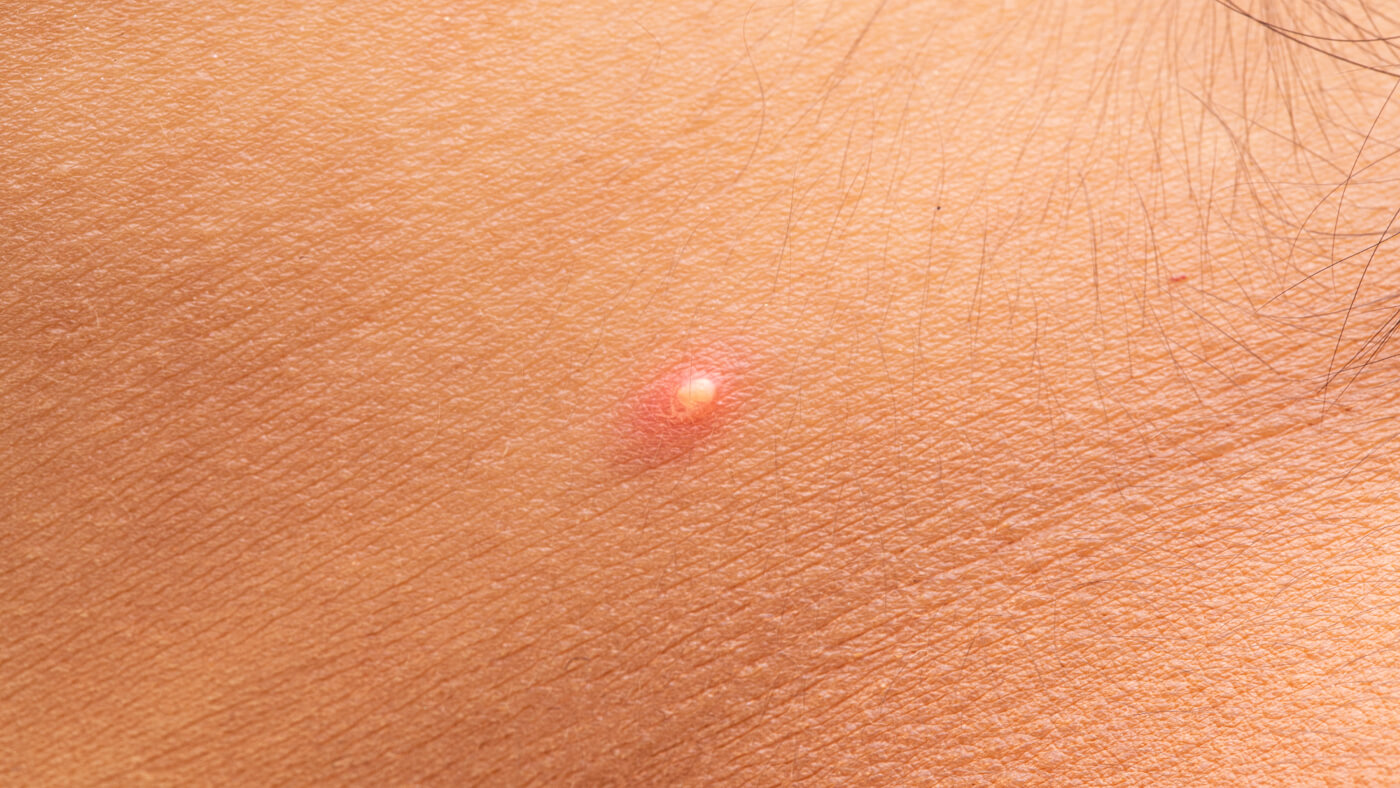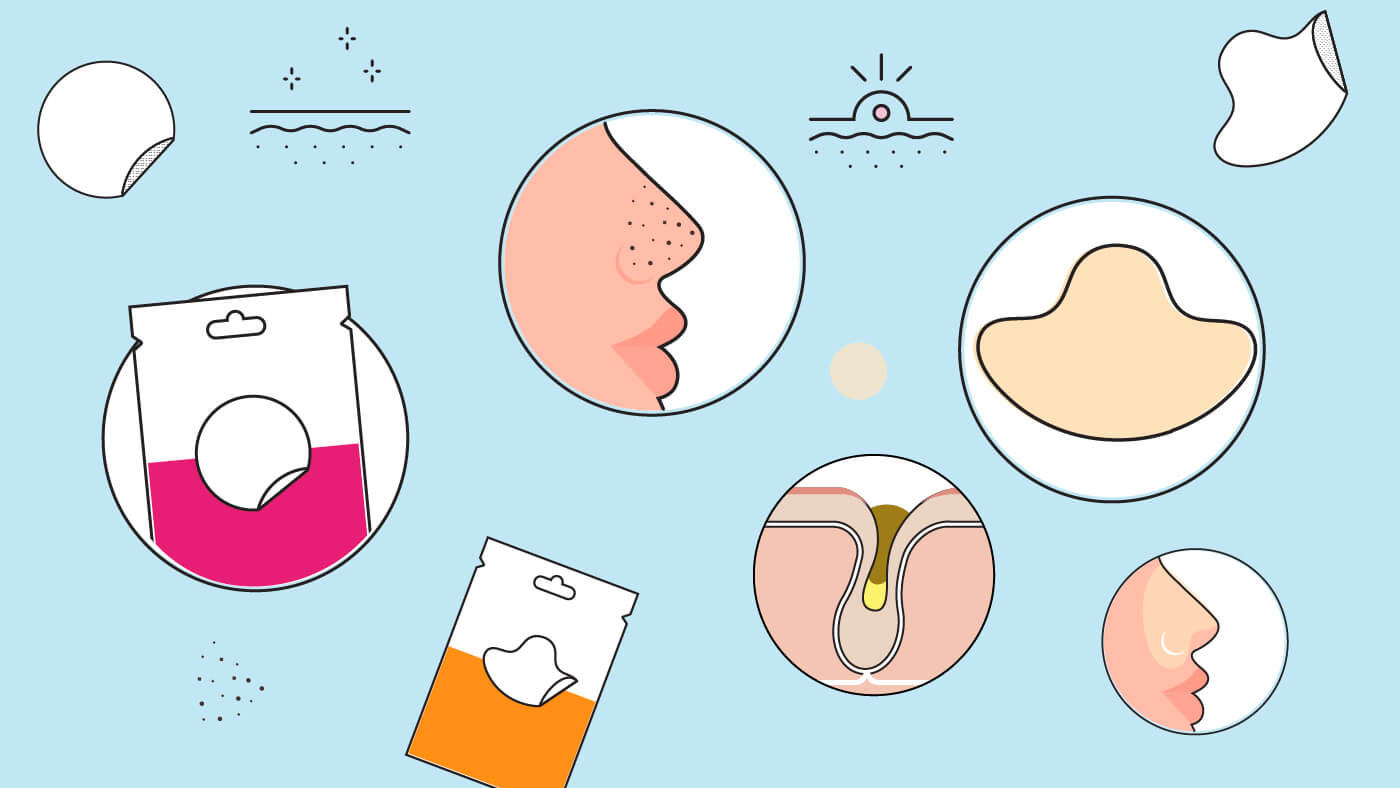We all know that strong urge to pop a pimple especially when you have a whitehead staring back at you in the mirror. And while whiteheads are sometimes pretty easy to pop, it doesn’t always mean that you should.
So what pimples are safe to pop on your own?
Well, it’s typically not recommended to pop pimples at all especially since you are creating an open wound exposed to bacteria and popping a pimple can potentially lead to scarring. But, there are ways to safely pop (some) pimples on your own.
Identifying the pimples that are ok to pop
Typically the safest pimple to pop are the non-inflamed type like some whiteheads. Whiteheads are caused by a blockage of dead skin cells and excess oil that occur close to the surface of the skin and appear as a white toned bump. These are usually the type of pimples that look especially poppable.
Even if it seems easy to pop this kind of pimple, it’s important to follow safe methods to get rid of it. Here are some quick, easy tips:
🧼Start by washing your hands thoroughly to prevent transferring bacteria to your skin or the pimple.
🫧Wash your face with a gentle cleanser.
🎈To pop a pimple avoid using your fingers directly on the pimple. Instead cover the
fingers with tissue or use cotton swabs.
☝️Gently apply pressure to the non-inflamed whitehead until it pops. But if the pimple does not pop with gentle pressure then leave it alone.
Aftercare is also super important on a freshly popped pimple. Since popping a pimple creates an open wound, you can apply a hydrocolloid patch to prevent bacteria entering the wound. Our Soothing Blemish Patch is infused with calming ingredients like Aloe and Madecassic Acid to help protect the skin as the popped pimple heals and reduces the likelihood of scarring.
If you do find yourself dealing with post-blemish marks, then you can try out our Dark Spot Brightening Patch, infused with brightening, dark spot-fading ingredients like Niacinamide and Green Tea.
What if the pimple won’t pop?
If you’re in the middle of trying to pop a pimple and realize that it’s a little tougher to pop, then it’s good practice to just leave the pimple alone.
If you have to apply a lot of pressure to the skin then it typically means the pimple is not ready to pop or it’s an inflamed pimple deep in the skin. When the pimple is deep in the skin, it’s known as a blind pimple, and looks like a red, inflamed bump, usually with no whitehead. Trying too hard to pop a blind pimple can make things worse, like triggering more swelling and can lead to scarring.
Even with this in mind if you can’t keep your fingers away from the pimple, then try popping on a blemish patch. Our Extra Strength Blemish Patch is infused with Salicylic Acid specifically meant to help treat blind pimples. Blind pimples occur when oil and impurities (like bacteria) get trapped in the pore, developing into a pimple under the skin. The Extra Strength Blemish Patch uses Salicylic Acid to help pull out impurities from a blind pimple to help speed up the healing process.
For the really stubborn deep pimples, our EraZit Magnesium Microneedle Patch has non-dissolving microneedles that help continuously deliver pimple-fighting Magnesium straight to the source. The soothing properties of Magnesium helps calm inflammation of deep pimples and minimizes the size of the stubborn spots.
But, if you consistently get painful, red, and inflamed pimples then it’s best to seek help from a dermatologist.
The Takeaway…
Remember, when trying to pop a pimple (only the non-inflamed pimples close to the surface), always do so with tissue over the fingers or with cotton swabs and only apply gentle pressure. If gentle pressure doesn’t result in the pimple popping then leave the spot alone, it likely means that pimple is not ready to pop.




